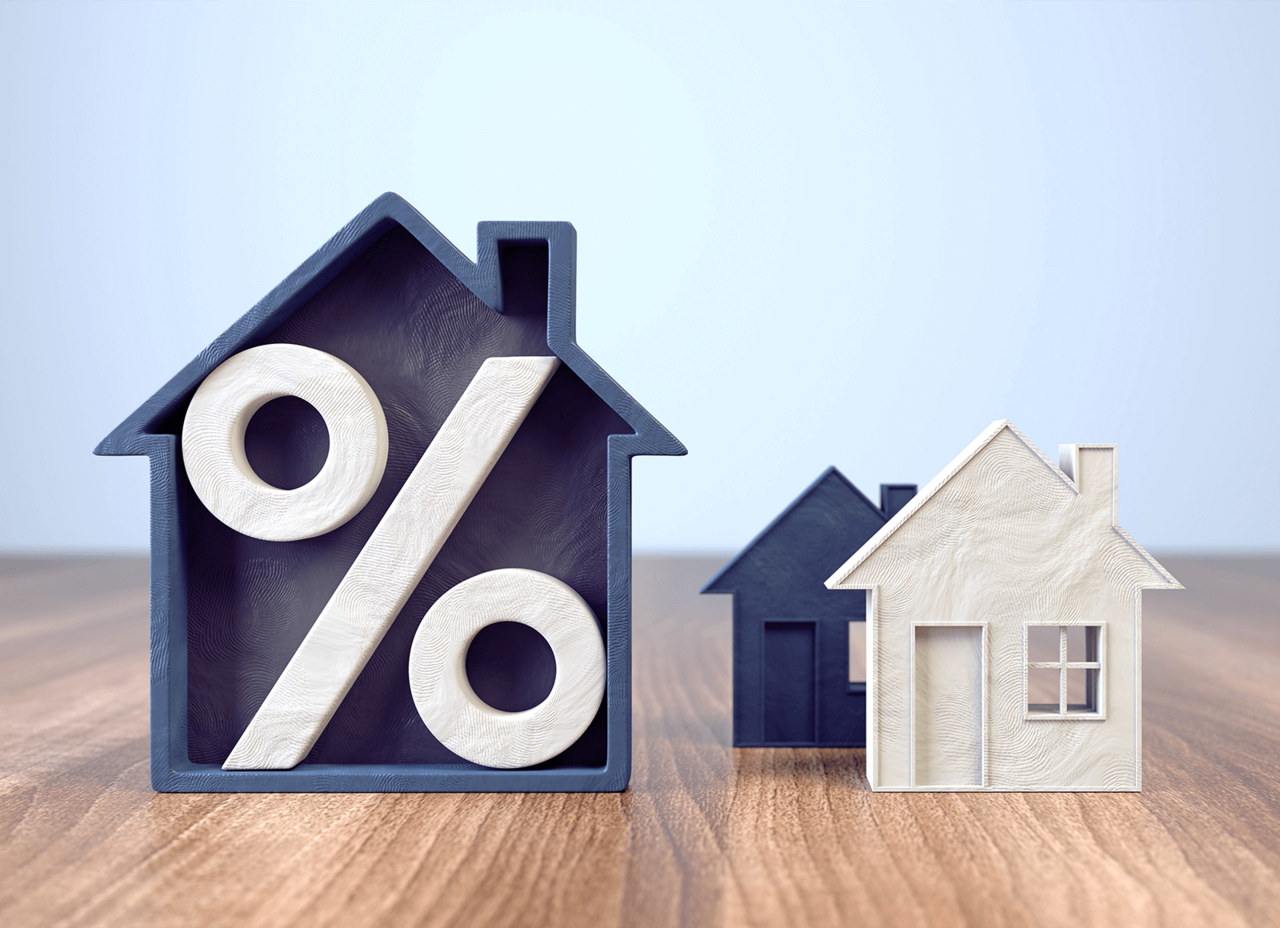Deposits: Do You Really Need 20%?

Let’s quash the myths about home deposits – they’re probably holding you back! Here’s what you should know about buying your first home.
Have you always been told that you need a 20% deposit to buy a house? Not only is it not true, the vast majority of first home buyers in Australia buy their first property with far less.
If this belief has been holding you back, we’ve got good news. You can buy a home with as little as 5% as long as you meet certain lender conditions.
For a $600,000 house that means you only have to come up with $30,000 and not $120,000: a huge difference for first time buyers.
And the news gets even better. As a first homeowner, especially if you’re building a new house, you’re likely to be eligible for the First Home Owners Grant. In 2021, the grant is $10,000 for new builds worth less than $750,000 in urban Victoria, and $20,000 for regional Victoria.
Most lenders will let you put this amount towards the deposit.
Grant conditions change all the time, so it’s worth checking the latest terms and conditions here.

First home buyers in Australia can buy their first property with as little as a 5% deposit as long as they meet certain lender conditions.
Do I need to take out Lenders Mortgage Insurance?
If you do buy with a deposit of less than 20%, you will probably have to take out lenders mortgage insurance (LMI).
The amount of LMI will depend on how much deposit you do have. If you’re able to come up with 15% of the value of the house, for example, your LMI will be lower than if you buy with just 5%.
On a loan of $570,000 (95% of a $600,000 house), you might pay around $25,000. If your loan is $510,000 (85% of the value of the same house) it goes down to around $7,000.
The amount is added to your overall loan and paid off in regular repayments. In the first example, you’d borrow $595,000 ($570,000 plus $25,000 LMI). This does add to the overall cost of the home, but if the higher repayments are still manageable, it might be a great way to get your foot on the ladder.
LMI is designed to protect lenders, not borrowers. If you default on your loan, and the bank can’t recoup the amount they lent you by selling the home, LMI lets them claim the difference. This reduces their risk and allows them to loan you a larger amount.

As a first home owner, especially if you’re building a new house, you’re likely to be eligible for the First Home Owners Grant. Find out more here.
What other alternatives are there for people with smaller deposits?
If you can’t come up with the full 20%, and you don’t want to pay LMI, you might have a few other options.
Guarantor
A guarantor is someone who agrees to put their property up as security for your loan. Different lenders have different rules about who can be a guarantor, but it is almost always a parent or other close relative who has significant equity in their own home.
If someone agrees to be guarantor for you, you can save a lot of money in LMI. However, it is risky for the guarantor. They should be aware that:
- If you default on payments and your property is sold, the lender can require your guarantor to make up any shortfall between the sale price and loan. This might put their house at risk.
- If they want to sell their house and move or downsize, they can’t do so while that house is acting as security for your loan.
- Not all potential guarantors are accepted by lenders.
Before you go down this road, your guarantor should seek independent legal advice and make sure they understand what they’re agreeing to.
Knowing your borrowing power can help clarify how much deposit is required. Use our Borrowing Power Calculator to determine your eligibility.

If you can’t come up with the full 20%, and you don’t want to pay LMI, you could find yourself a guarantor or learn more about the First home loan deposit scheme introduced in 2020.
First Home Loan Deposit Scheme
The First Home Loan Deposit Scheme was introduced in 2020 to help first home buyers. It is a Federal initiative supported by the National Housing Finance and Investment Corporation (NHFIC).
The Scheme allows eligible first home buyers to purchase or build a new home with as little as 5% deposit without taking out LMI. The NHFIC guarantees the difference.
The Scheme is limited to a capped number of buyers, but there are an extra 10,000 places available in the 2020-21 financial year for buyers who want to build a new home instead of buying established. Check whether you are eligible and which lenders will participate in the scheme before signing any documents.
Home Builder Grant
HomeBuilder provides eligible owner-occupiers (including first home buyers) with a grant to build a new home. As of November 29, 2020, the Government announced an extension to the HomeBuilder Grant and made some changes to the eligibility criteria.
To qualify for the HomeBuilder Grant in Victoria, you need to be an eligible owner-occupier and be building a new home worth less than $850,000 (including land.)
Applicants for HomeBuilder must also meet the following income and timing limits to qualify for the scheme.
- Be Australian citizens over the age of 18
- Singles must be earning $125,000 or less based on their 2018/19 tax return or later.
- Couples must have a combined income of less than $200,000 based on their tax returns.
- HomeBuilder has now been extended and is offered for any contracts entered into between 1 January 2021 and 31 March 2021.
- The construction of the home must start within 6 months of the contract date, but all documentation must be in order by 14 April, 2021.
You can learn more about the Homebuilder Grant extension here or visit the Finance section of the Home Files blog for more articles about buying a home.
You can also check out the Financial Services section of our website or speak to one of our friendly loan specialists on 1300 328 045.
